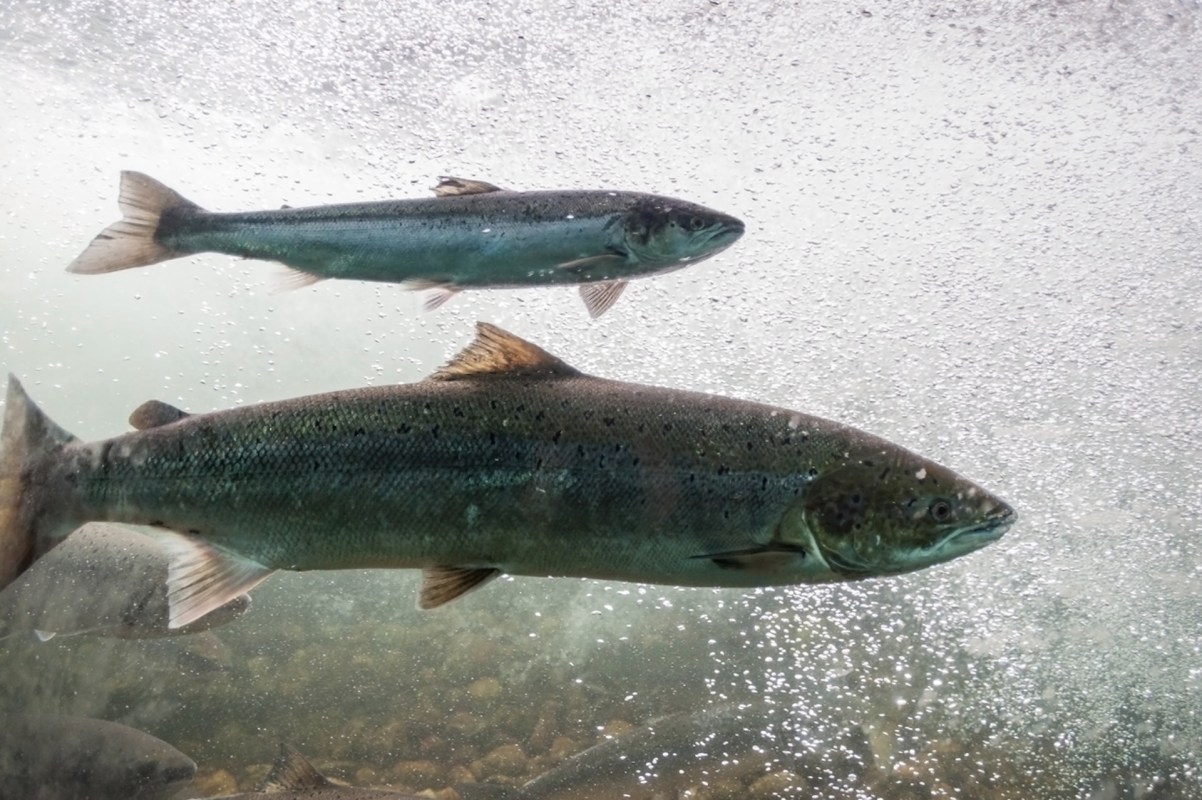The Norwegian fishing industry is hoping artificial intelligence can help protect a native species of salmon from an invasive one.
Huawei and Simula Consulting have come up with a method that can trap the humpback salmon, or pink salmon, in river systems and allow the native Atlantic salmon to continue to swim toward breeding areas.
The technology relies on recognition software to tell the two species apart. An AI model was fed thousands of images of different river-based animals, and it is capable of telling the difference between the two types of salmon.
The fish swim into an underwater cage in a river, and the AI system separates the humpback from the Atlantic. The former are sent into a separate underwater pen, which can be emptied by fishermen on a regular basis, while the latter are allowed to re-enter the river system. The system can also help to track numbers of each species in the river.
It has been trialed in the Kongsfjord and Storelva rivers, and the results have been remarkable. Over 6,000 humpback salmon were successfully removed from the river on the way to breeding areas, with the technology achieving a 99% level of identification accuracy.
In addition to having a high success rate, the technology also reduces the amount of labor needed to help rid Norway's rivers of the slippery customer.
According to Huawei, the humpback salmon was introduced to the waters around Norway in the 1960s to help boost food supply. However, it has since entered Norway's river system and posed a threat to its native Atlantic salmon species, bringing disease, disturbing the food chain, and having a negative impact on the ecosystem. The Atlantic salmon population has declined by as much as 50% since the 1980s.
The humpback salmon reproduces at a high rate, and it is known to be aggressive, making it difficult for other river fish to compete for vital resources.
The technology, which Huawei describes as a "world first," has impressed following its initial success, and the Norwegian fishing industry is looking to take the next step and implement it in other river networks.
"Norway's wild salmon are threatened by other species, including humpback salmon and escaped farmed salmon," Tor Schulstad, hunting and fishing association administrator for Berlevag JFF, told Huawei. "The monitoring systems using AI is helping to stop this and enable future-proof river management."
Norway isn't the only place dealing with invasive fish. In Florida, for example, the lionfish is becoming a problem for species that call coral reefs home — thus impacting the delicate ecosystem and leading to coral damage and death.
But one company is looking to make the most of the issue by solving another, using the fish's skins to make an ethical type of leather used in fashion.
Join our free newsletter for cool news and actionable info that makes it easy to help yourself while helping the planet.









